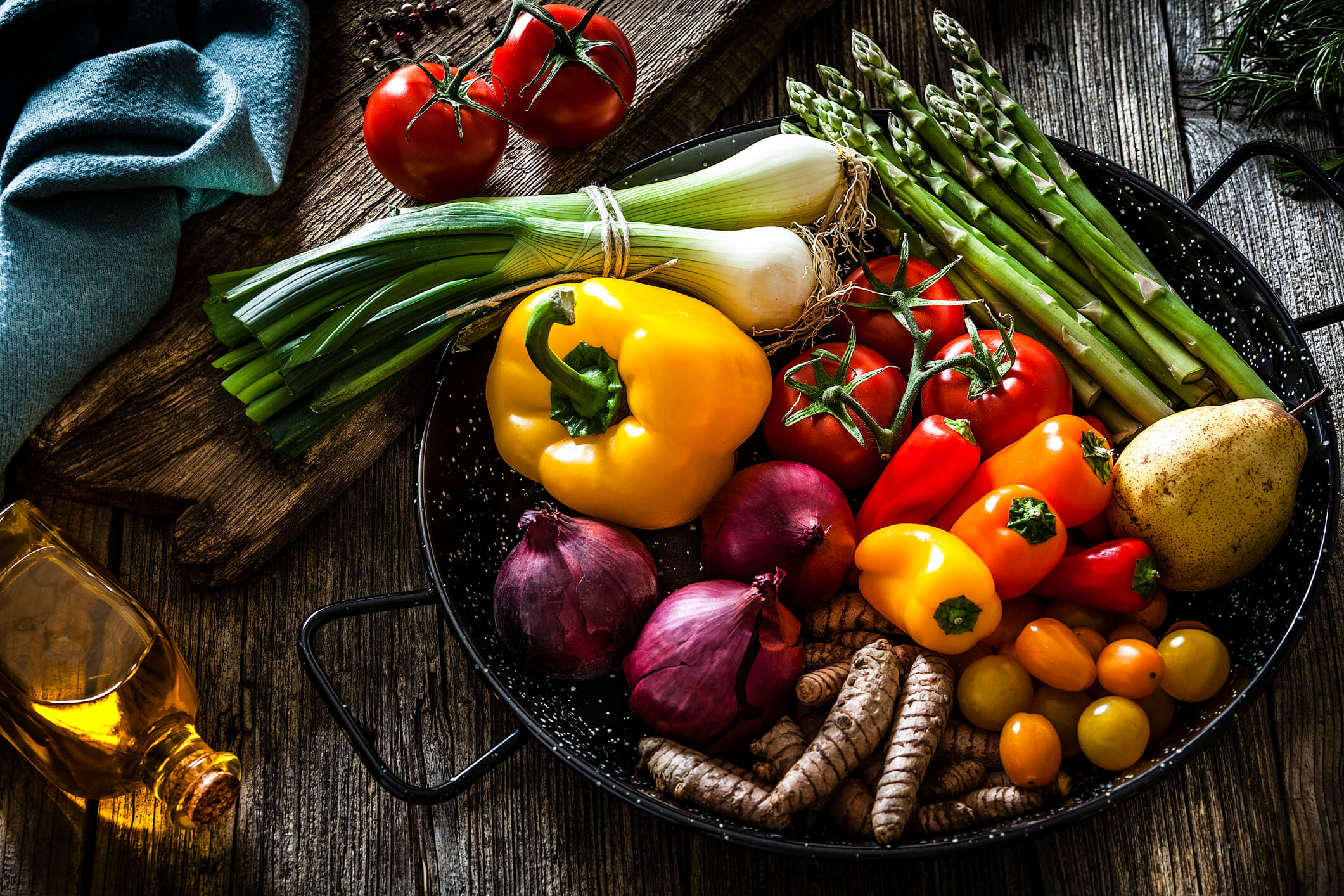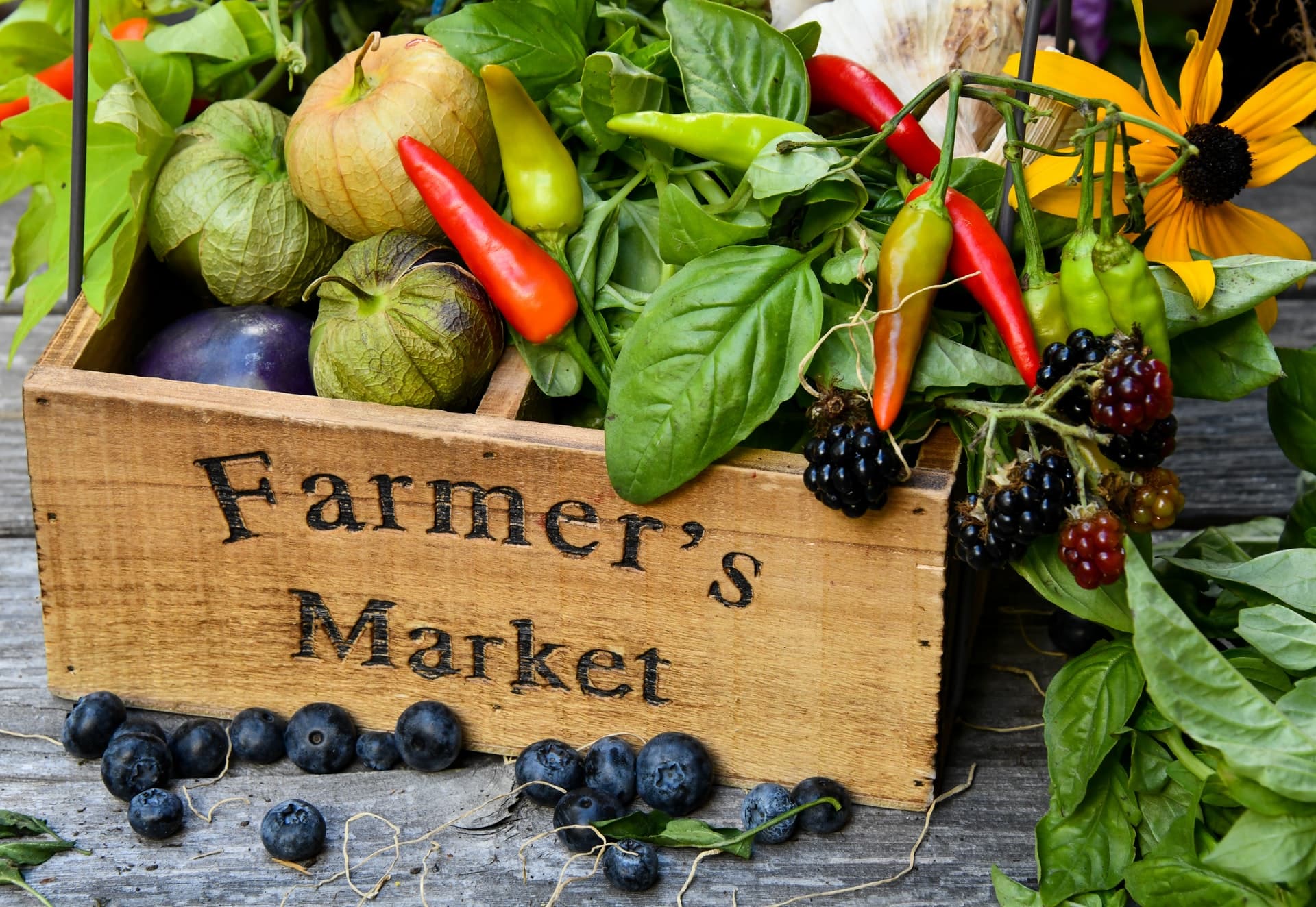The Benefits of Buying at a Farmers Market
The benefits of shopping at a local farmers market are many. The environment, local food, and affordability are just a few. The benefits of a farmers market are also increasing as more people realize their benefits. Read on to learn more about the benefits of buying at a farmers market. You can also get access to WIC and SNAP benefits. But first, let’s take a look at what you can expect from a farmers market.
Environmental impact of local farmers market
Purchasing food from a local farmers market has a number of positive environmental benefits. For starters, it reduces the number of food miles, which is directly related to the use of fossil fuels and the impact they have on climate change. Additionally, many of the vendors at a farmers market practice organic farming methods, which have a number of sustainability benefits. Organic practices protect the land that grows the food, preventing soil erosion and reducing pollution.

SNAP
There are many ways that local farmers markets can accept SNAP benefits. In addition to accepting the benefits, these markets also offer nutrition education, including sample giveaways and demonstrations. These programs help participants use their SNAP benefits to purchase fresh produce. Farmers’ markets also accept EBT, an electronic payment system that replaces paper vouchers. Here are some of the benefits of using EBT at farmers’ markets:
WIC
The federal government funds the local farmers market program (FMNP), which is a popular source of healthy food for low-income people. State agencies, such as the Department of Agriculture or the Department of Public Health, are responsible for identifying vendors who are authorized to sell their goods at the market. Authorized vendors are selected for the program based on geographical concentration and market access. Wholesale distributors are not allowed to participate. In fiscal year 2018, the FMNP provided fresh fruits and vegetables to more than 1.7 million WIC families, while generating more than $19 million in income for more than 17000 small farmers.
Buying at a farmers market
Buying fresh produce at a local farmers market offers a number of benefits to consumers. Locally grown food is more affordable than supermarket organics. Although you can’t always buy everything in season, you can still expect the highest quality fruits and vegetables. Farmers markets also offer the opportunity to chat with the farmer about the process of growing their produce and learn about their methods. Visiting the farmer’s stall also gives you the opportunity to sample their products.
Farmer’s market as a social gathering place

Whether you want your market to become a destination for people from all over or you just want to attract more attention to the local food business, there are a few things you need to consider to make your community-based produce market a success. The more people hear your message, the more effective it will be. Use your time and money wisely to get the word out about your farmers market and community. Posters and newspapers ads create an attractive image and are inexpensive to produce. You can also engage your community through social media and invite your vendors to join in events such as Facebook Live.
Food left over at a farmers market
What happens to the food left over from a local farmers market? This often goes unsold and could end up as landfill waste, but the good news is that many farmers have programs to make the most of it. One such program is the Farmers Market Recovery Program, also known as a glean team. Launched in August of last year, this program helps local farmers and community members recycle unsold food. The mission is three-fold: to fight hunger, increase market sales, and build community.



